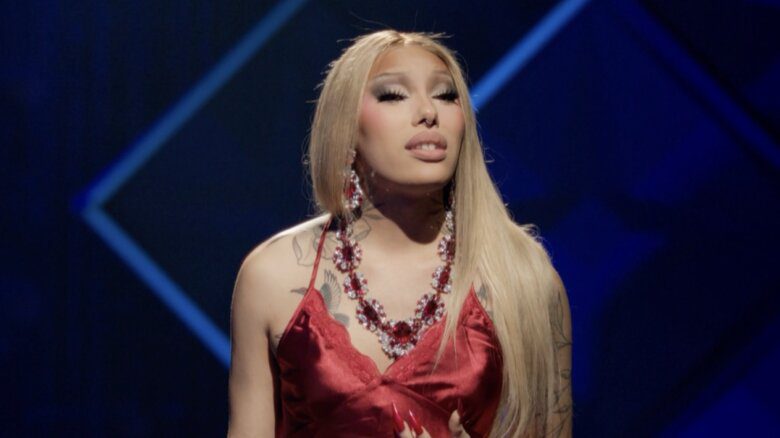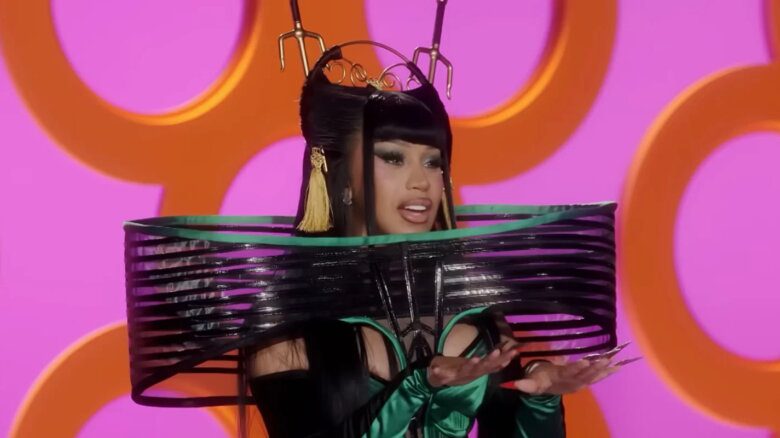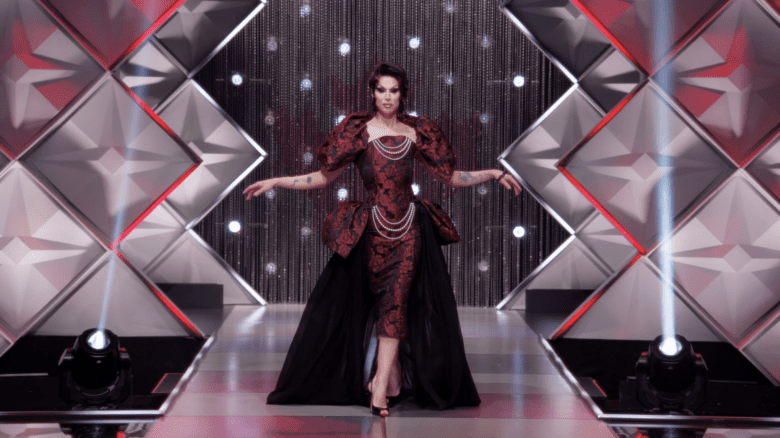I liked this play, but not in a gay way. That’s also what some of my fellow students said about Ollie, the ninth-grader who killed himself the night before we gathered in Mr McKenzie’s classroom.
Attending the opening night of Rob Salerno’s one-man play First Day Back, I (along with the rest of the audience) found myself pressed into service as a student — the seats set off from each other in rows, the teacher’s desk up front and hideous kids’ art displayed on the walls. Mr McKenzie had opened up the art room after school so that some of us could gather to reminisce about Ollie and talk about making the school a safer place.
It felt just like high school. I sat off to the side, sort of in the middle — inconspicuous, but uncomfortable anyway (thankfully, there was no audience participation). I was in front of three talkative troublemakers in the back row, and behind another chatty Cathy — local artist Philip Cairns — who had to be reminded not to leave his backpack in the aisle where his peers could trip over it.
Mr McKenzie invited us to speak. Several students did speak up — that is, Salerno tossed himself into various chairs scattered among us and affected the voices and mannerisms of various characters (boy can his hair act!). I gradually learned about the flamboyantly gay Ollie and how he’d been bullied. I also learned about the complex parts some of the students played in his death.
And they were complex. This isn’t a rah rah!, bullying is bad! play. We all know that. Salerno’s piece explores some of the motives behind each person’s role in what happened. The perpetrating bully’s insecurities. The supportive friend’s seeming failure to help. The nerd’s sense of frustration and futility.
The dialogue was moving and, on occasion, funny, but peppered with clichés. I can almost forgive clichés in a portrayal of a high school class — kids so often and so drearily live up to their stereotypes — but the clichés were dated. When, now and then, Salerno dropped a big ol’ 1980s or 1990s cliché, I would very briefly feel like I was in a scene from Growing Pains (and Kirk Cameron’s budding homophobia has just borne grim fruit).
Like my high school days, I fled as quickly as I could when it was over, but that’s more of a testament to the verisimilitude of Salerno’s manufactured classroom environment, (I really hated high school) than a yearning to get away from his play. It’s a poignant, non-preachy, surprisingly funny work that many people would benefit from seeing.
First Day Back
Thursday, June 11–Saturday, June 27, 2015
Storefront Theatre, 955 Bloor St W, Toronto
tenfootpole.ca


 Why you can trust Xtra
Why you can trust Xtra


